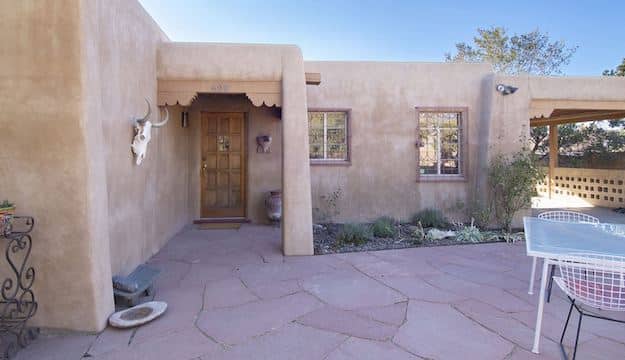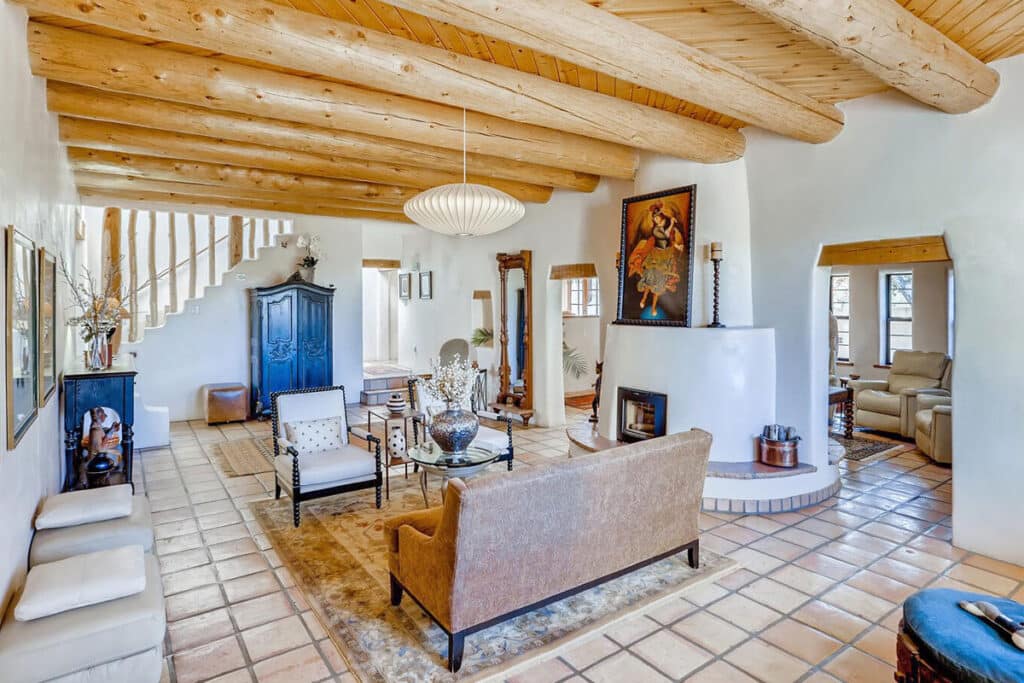
Housing is often our single biggest expense. Downsizing to a less expensive house can add to your savings and cut expenses needed for taxes, insurance, maintenance, and utility bills.
A larger home takes more time to clean, maintain, and repair. Delaying maintenance isn’t the answer. It only adds to the cost if you put off-line items like a new heating system or a new roof.
Finally, a large home with too many stairs can turn into an accident waiting to happen. According to the National Council on Aging, falls are the leading cause of fatal injuries for Americans aged 65 and older.
But once you’ve made the decision to downsize, moving to a smaller home is a process that takes time, effort, and lots of searching.
In the meantime, these tips and strategies will make the process of downsizing smoother and easier.
1. Give Yourself a Long Timeline
Downsizing to a smaller home is a process that involves many steps. Number one, you need to sell the home you already own. Number two, you can’t leave your current home until you figure out where your next address is.
Figuring out where you’re going is the first domino that needs to fall in the downsizing game. Searching for the right-sized home in the location that’s right for you can take more time than you might anticipate, depending on current market conditions.
Developing a list of downsizing criteria will make the search process more efficient. So will working with a Barker Realty broker who can help you find the home with the features you want. Our brokers keep tabs on current market conditions and have a thorough understanding of the ever-changing Santa Fe real estate landscape. Contact our brokers anytime to get started.
2. Start Downsizing Your Possessions Long Before You Move
Once you make the decision to downsize to a smaller home, don’t wait until you’ve made an offer on a house before paring down your possessions. Unless you’ve lived a minimalistic life, we tend to fill up the spaces where we live. The amount of furniture and household items in a large house won’t all fit inside a smaller house. So downsizing possessions goes hand in hand with downsizing your living space.
Our best advice is to start downsizing your belongings once you’ve decided to downsize. If you’ve raised kids in your current home or if you’ve brought back treasures from your travels or if you have a large collection of books—chances are, you have a lot of stuff.
Take a step back and look at your household belongings. You may have beds that nobody uses or toys and sports gear that once belonged to your adult children. Inventory what you own and figure out what you want to keep and what you need to divest.
When you’ve figured out what items are moving with you, start disposing of what you can’t take or no longer need. This is a process that can take months. Many downsizers use a combination of methods to pare down possessions, such as:
- Selling on eBay, Craigslist, Facebook Marketplace, and Facebook groups like Santa Fe Virtual Yard Sale
- Donating to charities like the Santa Fe Habitat ReStore or to one of the donation centers listed by the Santa Fe Solid Waste Management Agency.
- Recycling electronics, appliances, metal cookware, cardboard boxes, and hazardous waste. The Santa Fe Solid Waste Management Agency provides a comprehensive guide for what can be recycled.
3. Target Storage Areas
If you’ve used your attic, crawlspace, or garage for storage, target these areas first. That goes for any spaces in your house or yard, like closets and garden sheds, where you keep things. Cabinets that have gone unopened for years may be holding items you never use. Storage spaces may be filled to capacity with items you won’t need or won’t have space for in a smaller home.
One bonus to clearing out storage spaces is that all the empty space will appeal to prospective buyers when you do list your current home for sale. Storage spaces look roomier when they’re empty. When they’re filled to capacity, all buyers see is your stuff—rather than the space they can use to store their stuff.
Stock up on heavy-duty garbage bags and know what you can and cannot recycle. Have a lot of plastic flower pots in your shed? You can recycle that type of plastic. Santa Fe Recycling doesn’t accept styrofoam, which will have to be trashed.
4. Keep What You Really Love
Organizational guru Marie Kondo says that the main rule when tidying up is to pick up each object one at a time and ask yourself if it “sparks joy.”
Tidying up is a worthy endeavor, but downsizing is not tidying up. When you’re downsizing, touching each and every item in your home may not be practical and could be time-consuming. Our downsizing advice is to keep what you really love. From paintings to jewelry to books, we all own things we love and treasure. If it makes you happy to look at that collection of beach sand from all over the world or those walking sticks you found in the woods, keep them. Those are real examples, by the way.
And when we say to keep the items you love, we don’t mean just you. You may not love that quirky side table or that vintage bureau, but your spouse or partner may cherish it. Be sure to ask in advance before getting rid of anything. That goes for children who no longer live with you. You can ship items to family members or sell them on their behalf.
5. Downsize With Your Future Home in Mind
The process of downsizing should involve developing a list of criteria for your future right-sized home. Your criteria should include the number and type of rooms you’ll need. How many bedrooms? Will your downsized home have a formal dining room? A family room plus a formal living room? A home office or studio?
Once you define these overall parameters, downsize with that vision in mind. It’s simple math that four-bedroom sets won’t fit into a three-bedroom home. You can apply this principle to the decor as well. If your current home has art or decor in every room, you won’t be able to fit all of it inside a smaller space. But don’t forget Rule 4—keep what you really love.
Are you ready to take the downsizing plunge? Our brokers know from past experience that these tips will help ease the process. Want to read more on downsizing? Browse these blog posts below.
The Ultimate Empty Nester Homebuying Checklist
How to Declutter Before Downsizing to a Smaller Home
Downsizing Goals for Buying a Home in Santa Fe

